JAJSFG5D November 2008 – May 2018 LM7705
PRODUCTION DATA.
- 1 特長
- 2 アプリケーション
- 3 概要
- 4 改訂履歴
- 5 Pin Configuration and Functions
- 6 Specifications
- 7 Detailed Description
- 8 Application and Implementation
- 9 Power Supply Recommendations
- 10Layout
- 11デバイスおよびドキュメントのサポート
- 12メカニカル、パッケージ、および注文情報
6.7 Typical Characteristics
VDD = 3.3 V and TA = 25°C unless otherwise noted.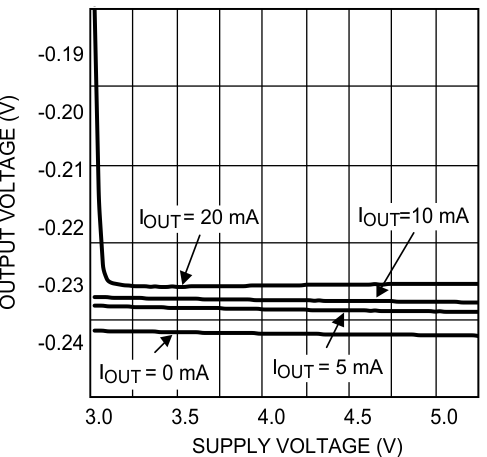 Figure 1. Output Voltage vs. Supply Voltage
Figure 1. Output Voltage vs. Supply Voltage 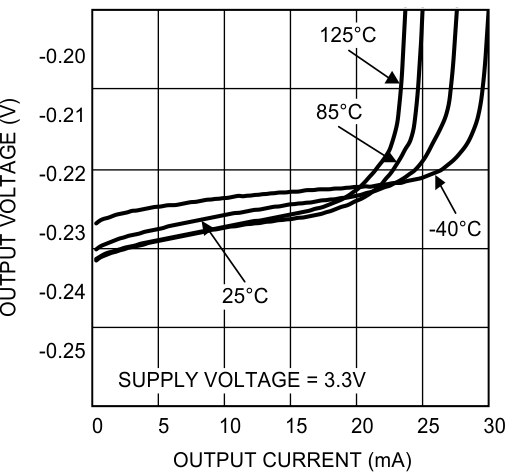 Figure 3. Output Voltage vs. Output Current
Figure 3. Output Voltage vs. Output Current  Figure 5. Output Voltage Ripple vs. Temperature
Figure 5. Output Voltage Ripple vs. Temperature 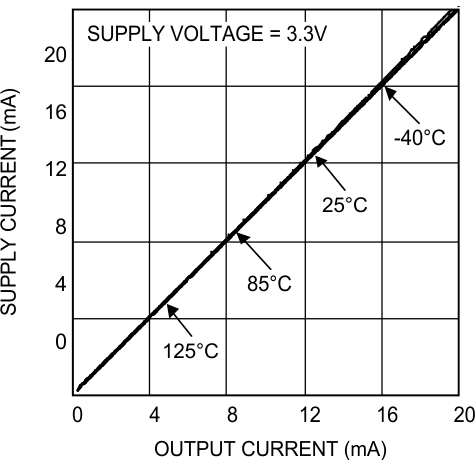 Figure 7. Supply Current vs. Output Current
Figure 7. Supply Current vs. Output Current  Figure 9. Current Conversion Efficiency vs. Output Current
Figure 9. Current Conversion Efficiency vs. Output Current  Figure 11. Turnon Time
Figure 11. Turnon Time  Figure 13. Load Regulation vs. Temperature
Figure 13. Load Regulation vs. Temperature  Figure 15. Transient Response
Figure 15. Transient Response  Figure 17. Transient Response
Figure 17. Transient Response  Figure 19. Output voltage vs. Shutdown Voltage
Figure 19. Output voltage vs. Shutdown Voltage  Figure 21. Oscillator Frequency vs. Temperature
Figure 21. Oscillator Frequency vs. Temperature  Figure 2. Supply Current vs. Supply Voltage
Figure 2. Supply Current vs. Supply Voltage  Figure 4. Output Voltage vs. Output Current
Figure 4. Output Voltage vs. Output Current  Figure 6. Output Voltage Ripple vs. Temperature
Figure 6. Output Voltage Ripple vs. Temperature  Figure 8. Supply Current vs. Output Current
Figure 8. Supply Current vs. Output Current 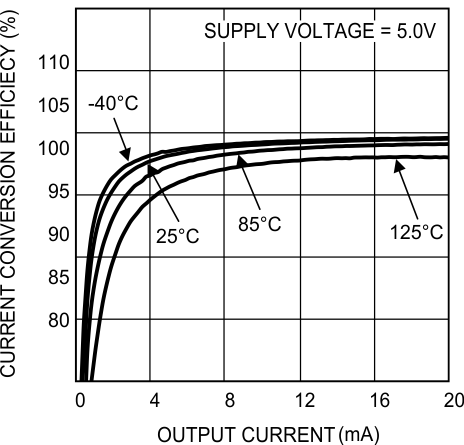 Figure 10. Current Conversion Efficiency vs. Output Current
Figure 10. Current Conversion Efficiency vs. Output Current  Figure 12. Turnon Time
Figure 12. Turnon Time  Figure 14. Load Regulation vs. Temperature
Figure 14. Load Regulation vs. Temperature 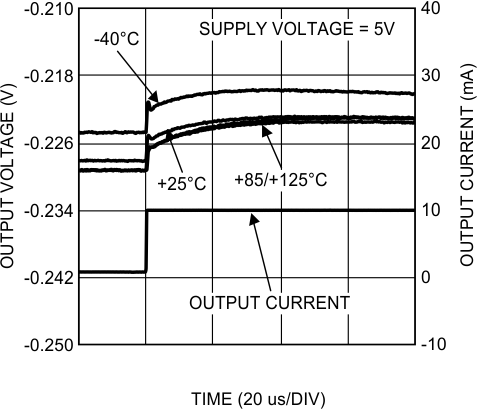 Figure 16. Transient Response
Figure 16. Transient Response 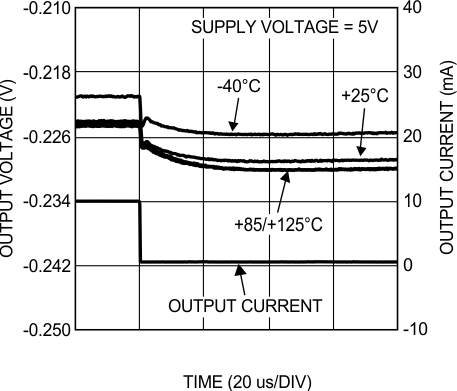 Figure 18. Transient Response
Figure 18. Transient Response  Figure 20. Supply Current vs. Shutdown Voltage
Figure 20. Supply Current vs. Shutdown Voltage